Thomas Edison lost much of his hearing when he was still a child. “I have not heard a bird sing since I was 12 years old,” he once remarked. But that did not stop him from inventing the phonograph, a device that for the first time recorded sounds and played them back, in 1877, when he was 29 years old.
The phonograph created a whole new way of experiencing the world through sound. It seemed appropriate, then, that in 1958 the National Academy of Recording Arts and Sciences was thinking about naming their music industry awards the the Eddie to honor Edison’s contribution, before deciding on Grammy, after the gramophone.
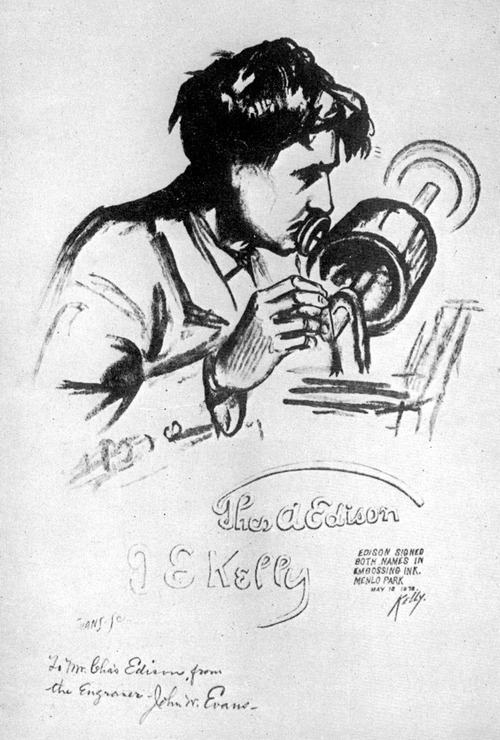
Edison’s invention engraved sound vibrations captured by a diaphragm on a rotating tinfoil cylinder. The rotation movement created a single long groove and allowed Edison to replay the sound by retracing it with a playback needle. (The gramophone, which gave the Grammys its name, is essentially the same thing but with the grooves laid out as a spiral on a disc. That innovation belongs to the German-American inventor Emile Berliner.)
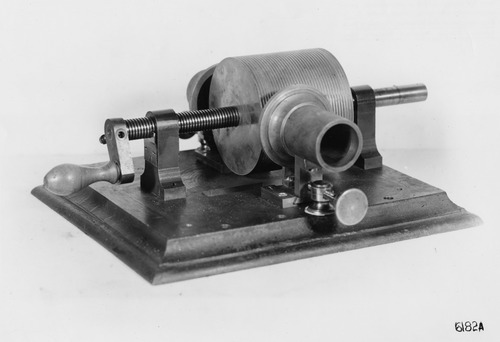
According to documents from the Museum of Innovation and Science in Schenectady, “the phonograph was the result of a process of pure reasoning,” and Edison drew on his deep knowledge of the telegraph and the telephone.
“I was experimenting on an automatic method of recording telegraph messages on a disk of paper laid on a revolving platen, exactly the same as the disk talking machine of today,” Edison told a biographer. “From my experiments on the telephone I knew the power of a diaphragm to take up sound vibrations. Instead of using a disk, I designed a little machine using a cylinder provided with grooves around the surface. Over this was placed tin foil, which easily received and recorded the movements of the diaphragm.”
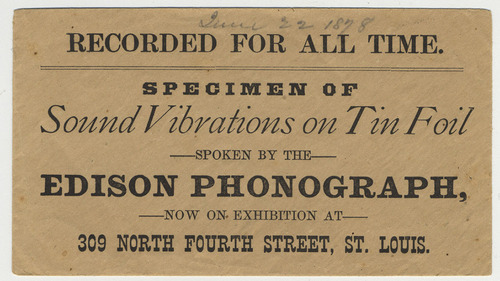
As was his habit with new inventions, Edison estimated the price people would pay for the machine – $18, the equivalent of $390 today – and asked a worker named John Kruesi to make it from a sketch (see below).
“I did not have much faith that it would work, expecting I might possibly hear a word or so that would give hope for the future of the idea,” Edison told a biographer. “Kruesi, when he had nearly finished it, asked what it was for. I told him I was going to record talking and then have the machine talk back. He thought it was absurd. After it was finished the foil was put on. I then shouted ‘Mary had a little lamb, etc.’ I adjusted the reproducer and the machine reproduced it perfectly. I was never so taken back in my life. ”
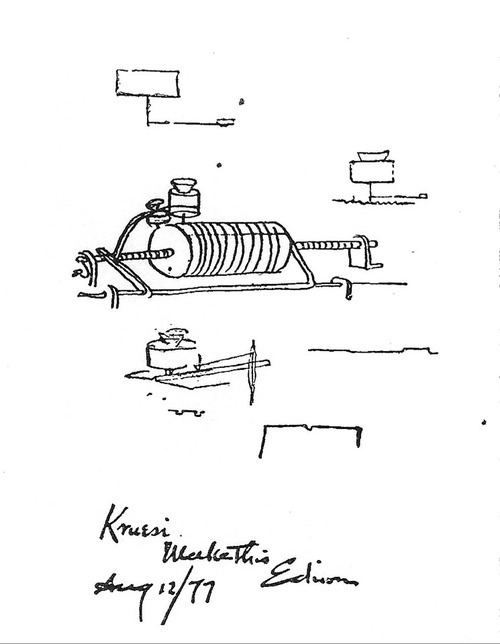
The device made Edison immediately world famous. (He wouldn’t come up with his best known invention, the modern light bulb, for two more years.) On April 18, 1878, he even traveled to the White House at the request of President Rutherford B. Hayes, who wanted to see the machine.
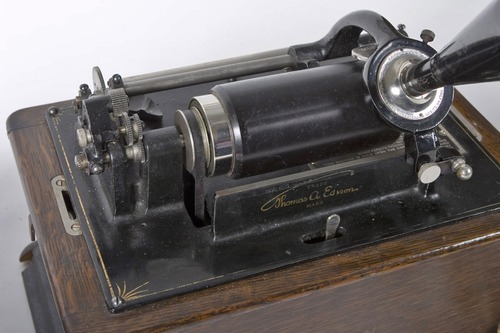
According to the Thomas Edison Papers, the phonograph “made Edison’s reputation as the ‘Inventor of the Age’ and led to his most famous nickname ‘The Wizard of Menlo Park.’ Newspaper reporters flocked to the Menlo Park Laboratory to see the new invention and to interview Edison.”
Many of Edison’s recordings have survived and have been digitized as mp3 files. You can listen to them online, just like the songs nominated for the Grammys tonight.

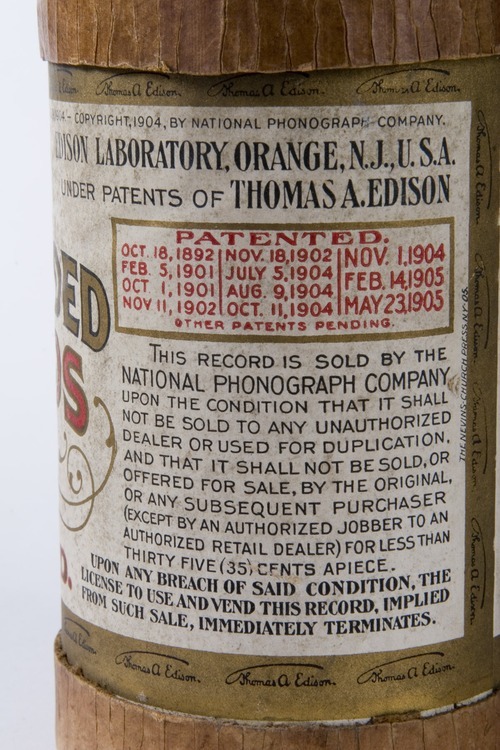
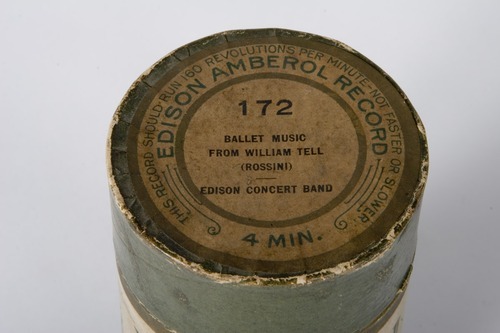
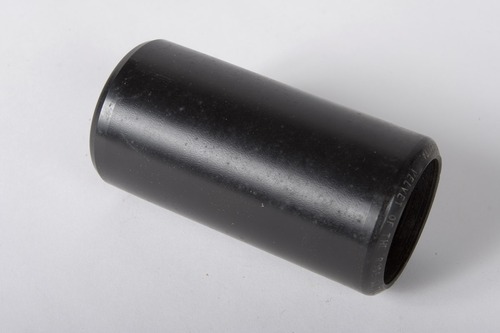
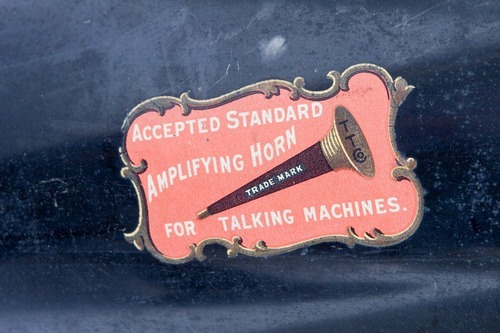
Filed Under: Rapid prototyping




